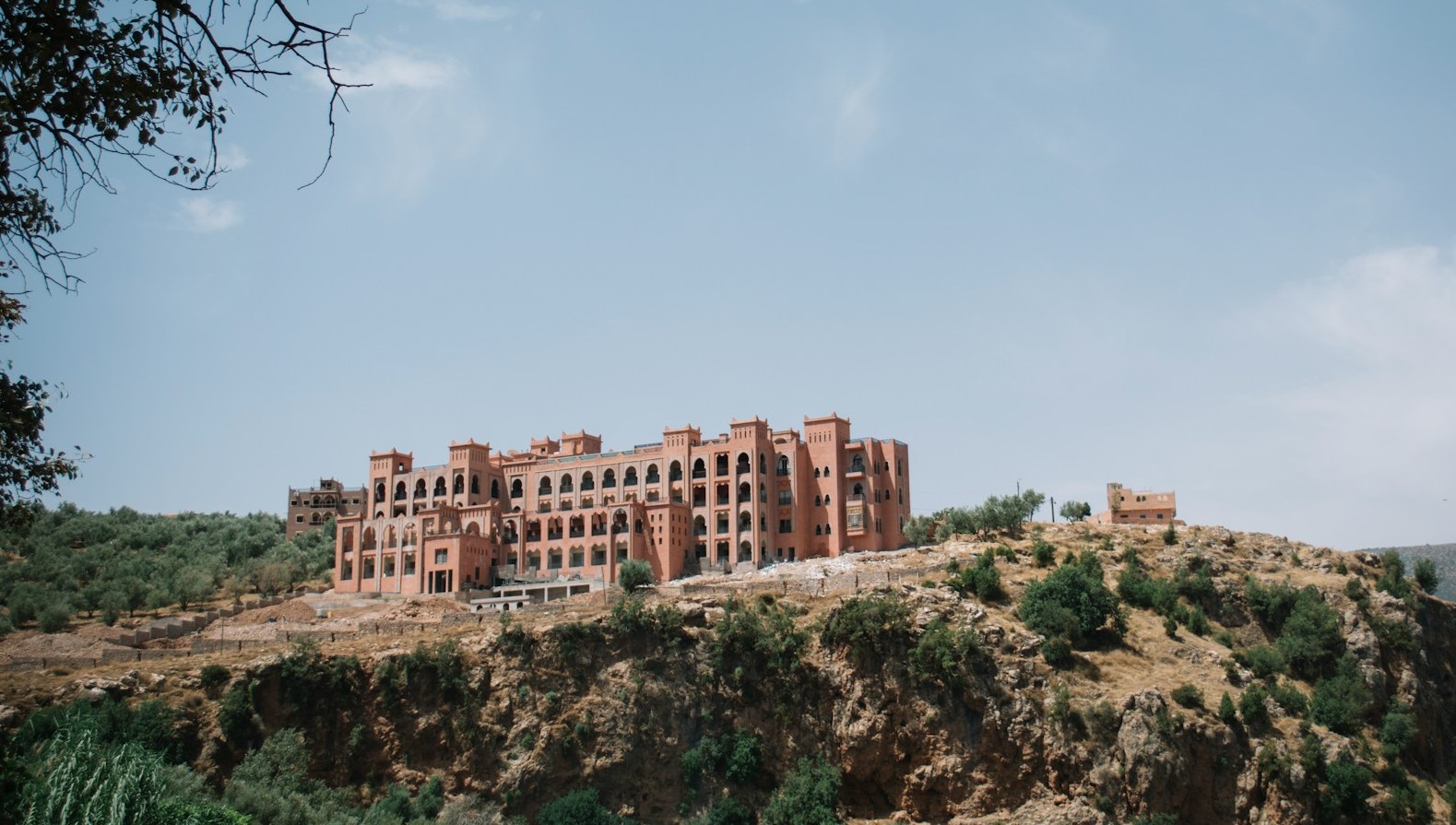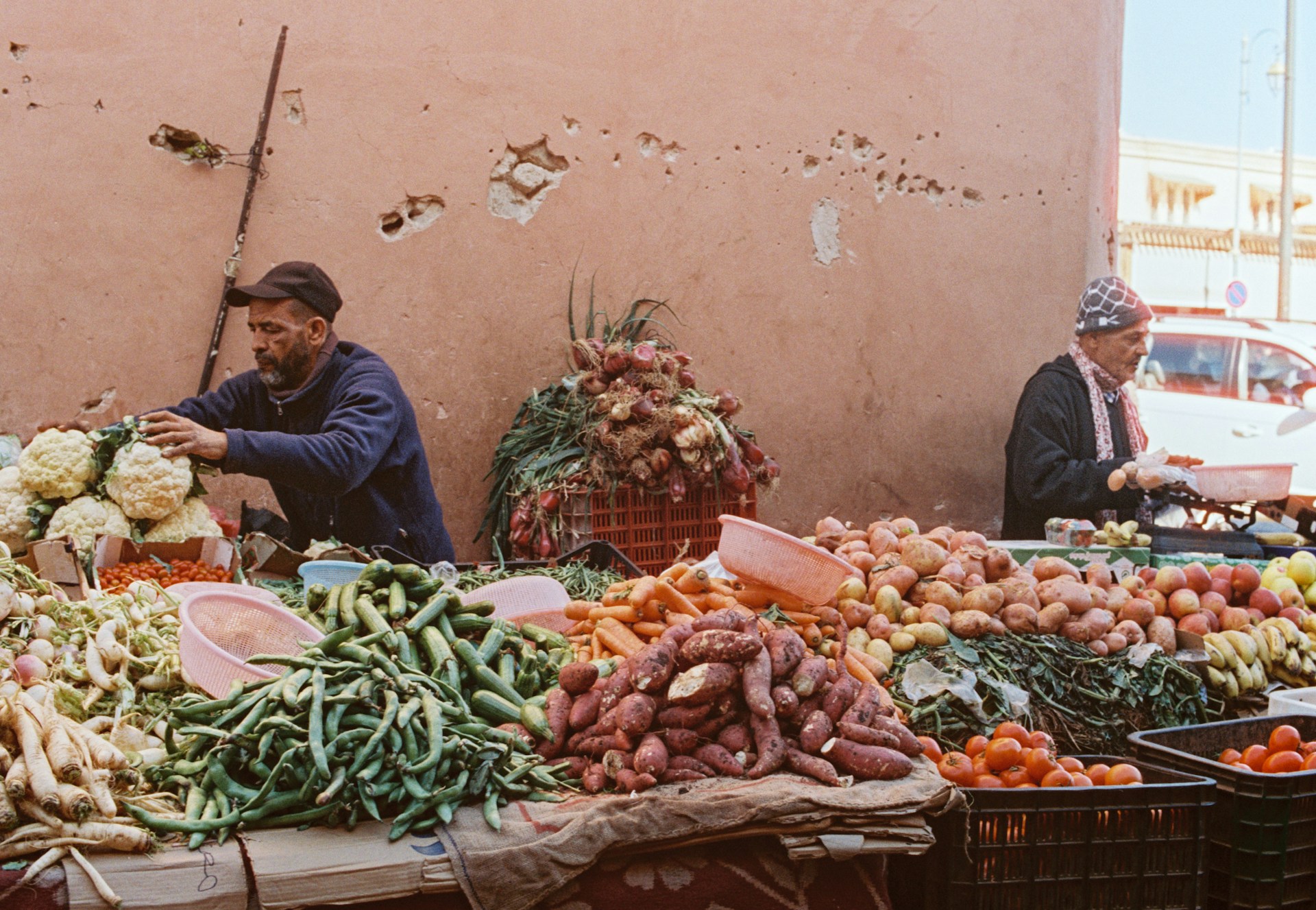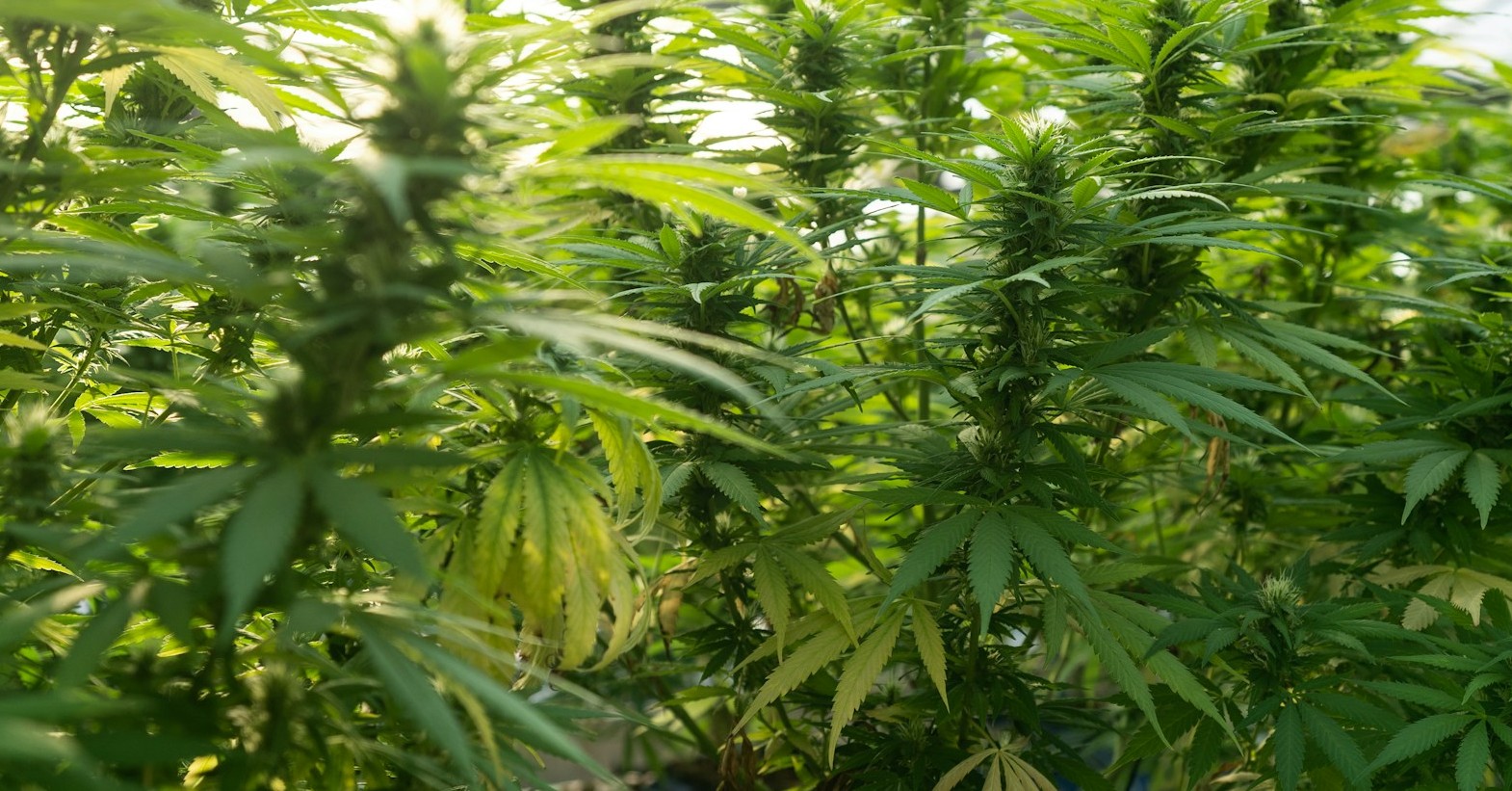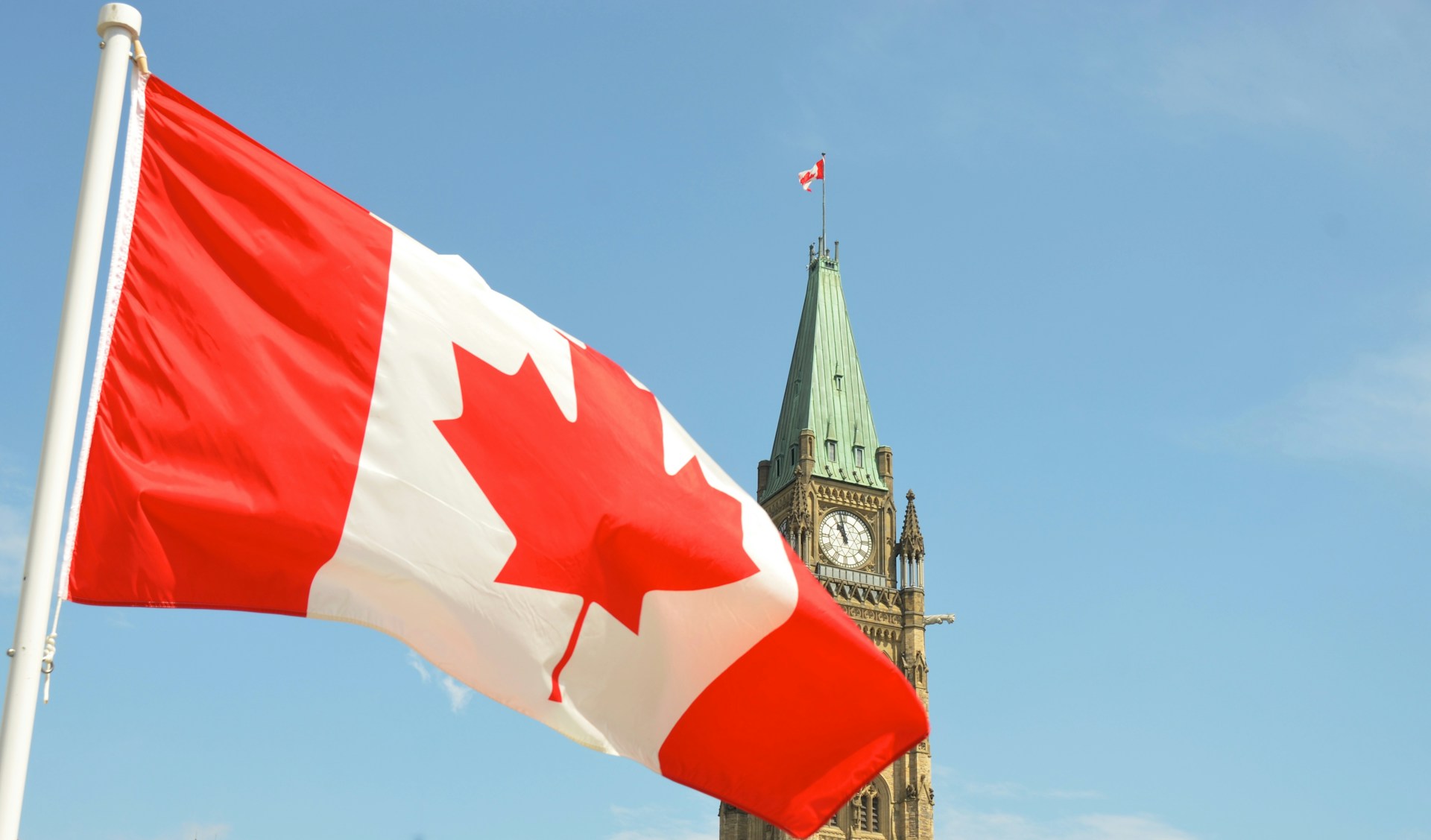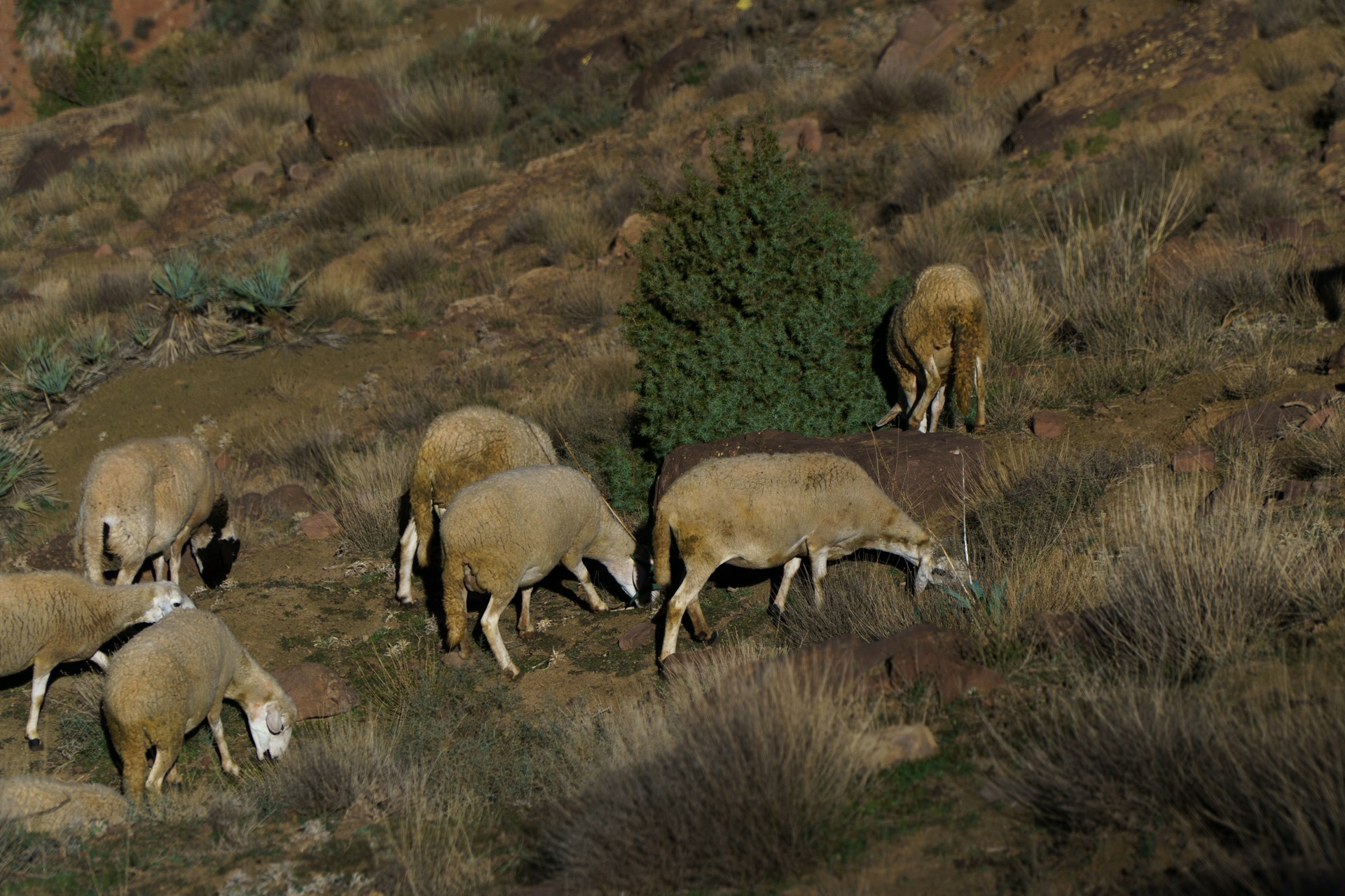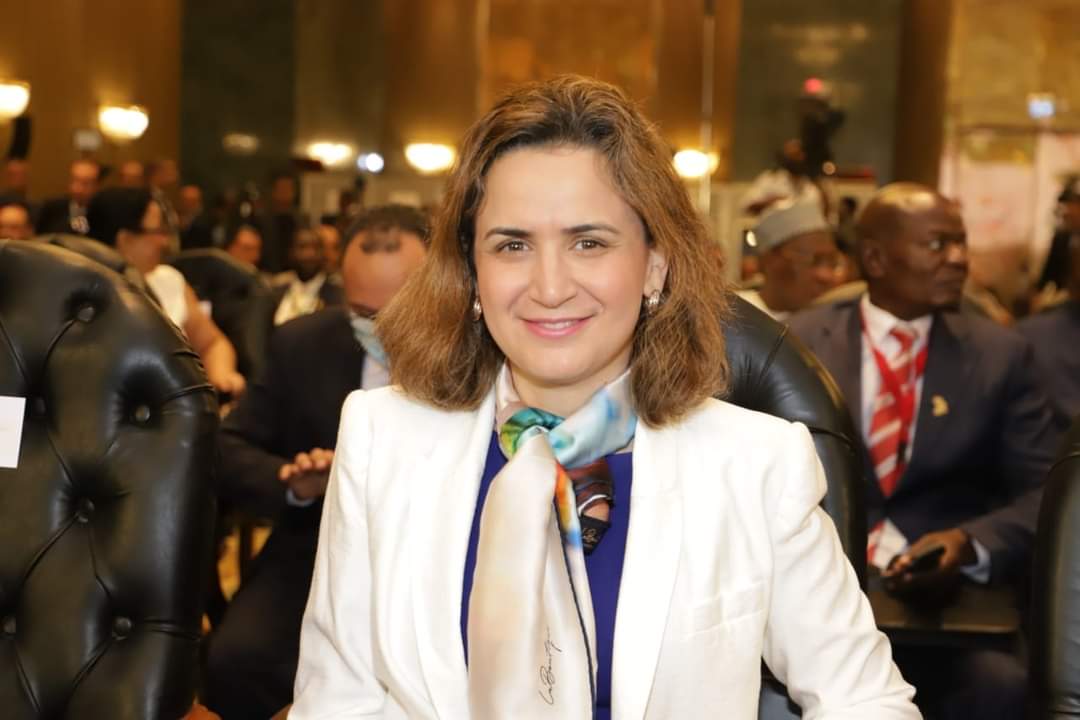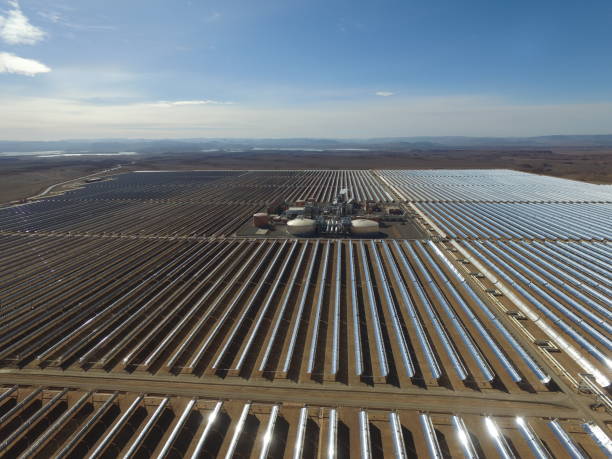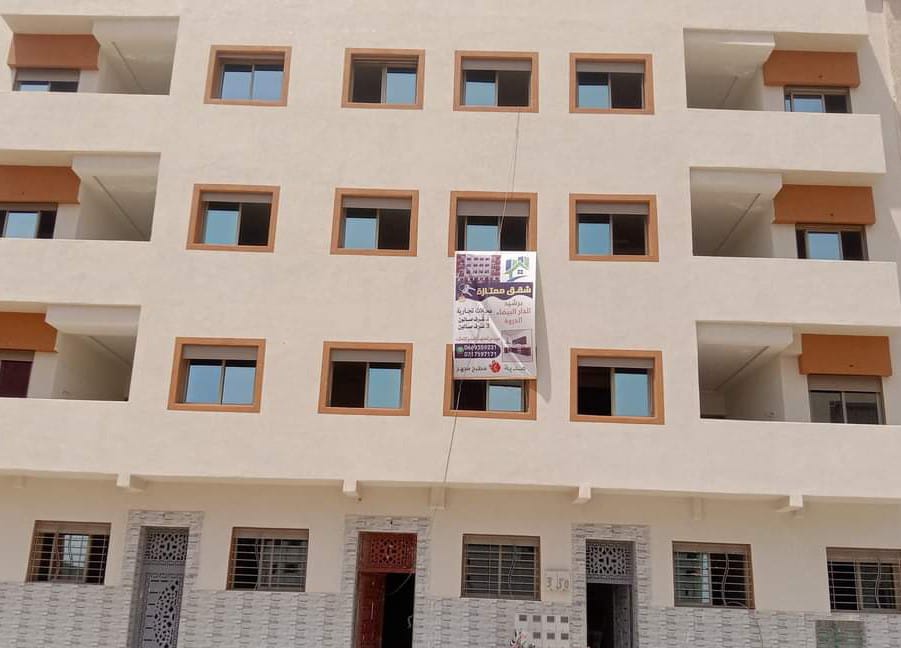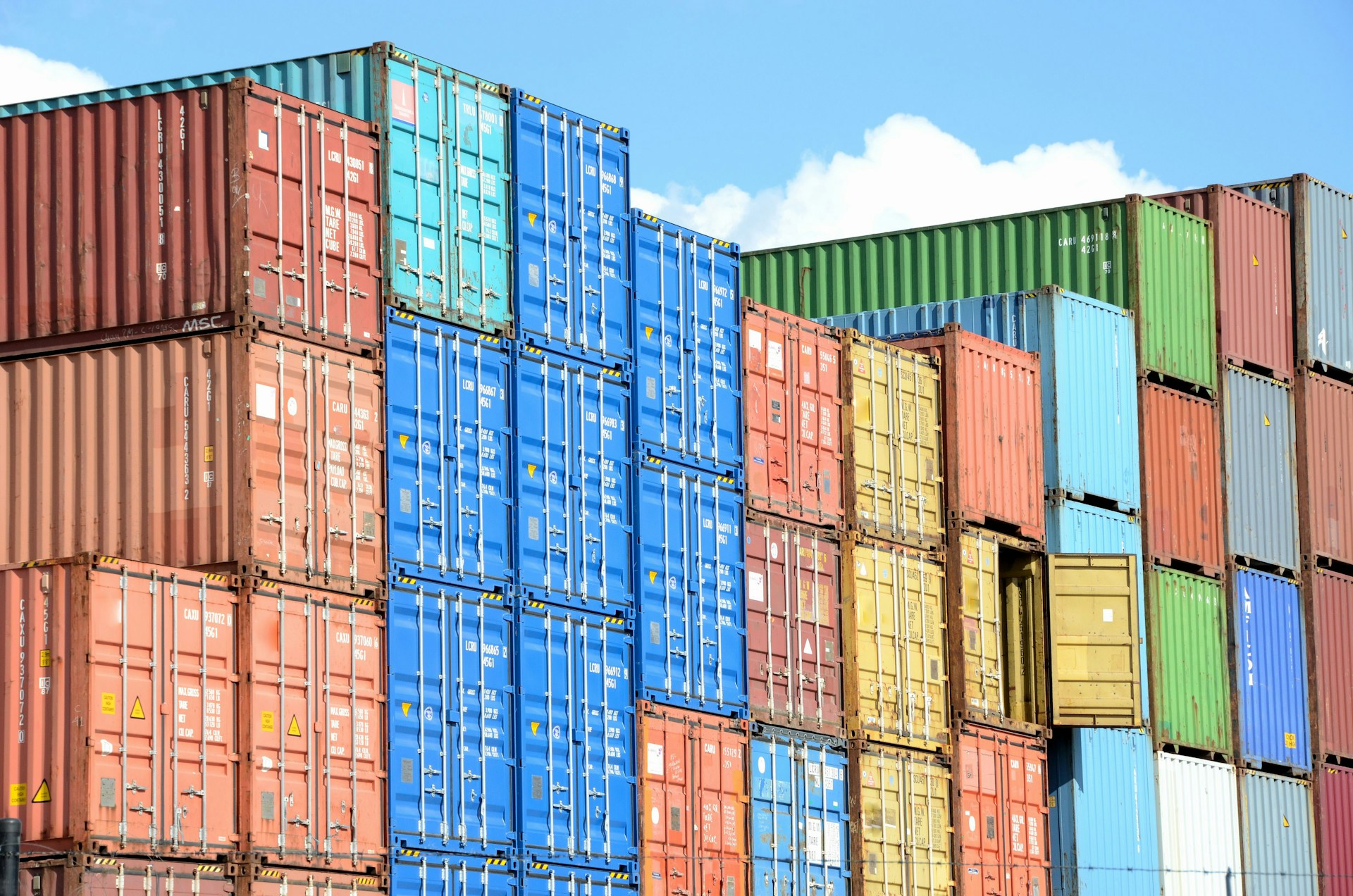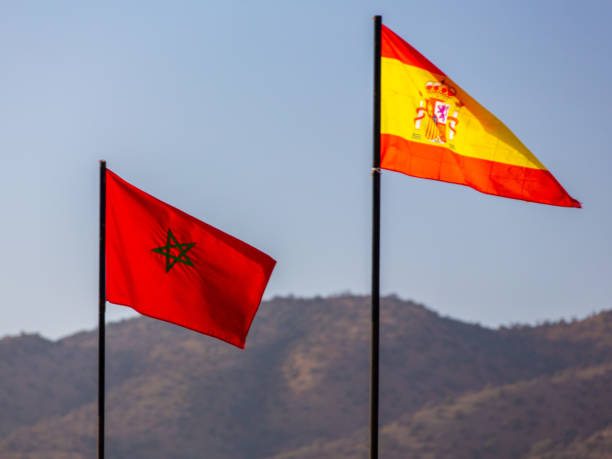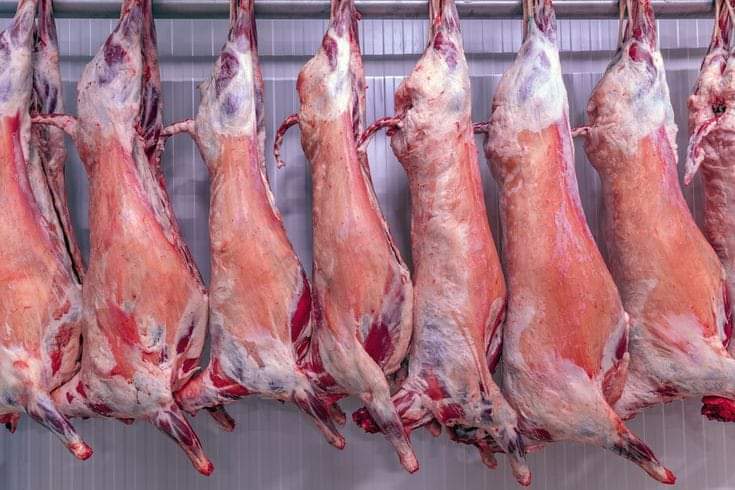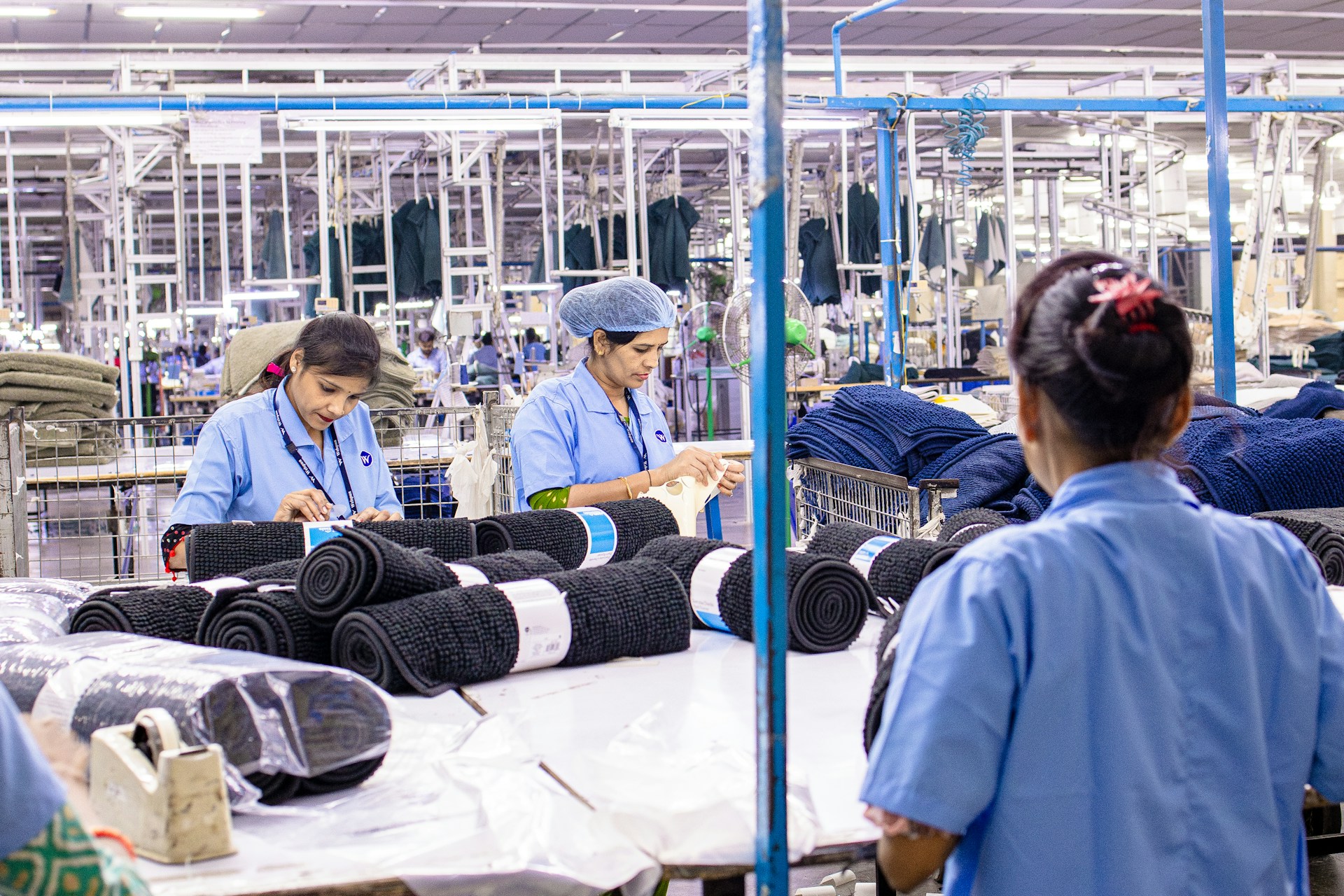Casablanca – Morocco has completed a comprehensive nationwide census of its livestock, revealing a herd of more than 32.8 million animals. The operation, carried out under royal directives between June 26 and August 11, 2025, marks a significant step in the government’s strategy to rebuild and sustain the country’s livestock sector, which plays a central role in ensuring food security.
According to the Ministry of Agriculture, Fisheries, Rural Development, Water and Forests, the census recorded a total of 32,832,573 head of livestock. The breakdown of the national herd shows 23,158,248 sheep (including 16,348,449 females), 7,474,172 goats (5,293,805 females), 2,094,109 cattle (1,556,842 females), and 106,044 camels (91,432 females).
Growth masked by decline in cattle and camels
While the census indicates an increase in overall livestock numbers, it also highlights a concerning 30% decline in cattle and camel populations compared to historical averages. Morocco’s cattle herd, typically ranging between 3 and 3.2 million head, has contracted significantly. The ministry attributes this drop to multiple factors, including the impact of COVID-19 restrictions on dairy production and the suspension of irrigation in key farming areas.
Camel numbers have also fallen, with the herd shrinking from a historical average of 150,000 to just over 106,000. Persistent drought conditions in recent years have been the main driver behind this reduction, worsening the vulnerability of breeders who rely on camel farming for their livelihoods.
Census as a strategic tool
Beyond measuring livestock numbers, the census is designed to serve as a strategic tool for planning and managing Morocco’s agricultural policies. Officials stressed that having a precise, up-to-date database will improve traceability, allow better targeting of subsidies, and strengthen the government’s ability to implement herd reconstruction measures. The initiative, carried out with technical rigor and oversight by local committees, reflects royal instructions to rebuild the national herd professionally and sustainably.
Import policy adjustments
The census results have already led to changes in government policy. Authorities announced that customs duties and value-added tax on imports of sheep, goats, and powdered milk will be reinstated at the end of September 2025. However, the suspension of import duties and VAT on cattle will remain in place, with the aim of supporting the gradual rebuilding of the national cattle herd, which has been hardest hit by recent challenges.
$639 million support program
Alongside the census, the government has unveiled a $639 million support plan to help livestock breeders cope with current difficulties and encourage sustainable herd recovery. The program will run across 2025 and 2026 and is structured around five major pillars:
- Debt relief for farmers
Approximately 50,000 breeders will benefit from debt restructuring or partial cancellation measures, costing the government about $72 million. Small-scale farmers will be the primary beneficiaries: 75% of them will see half of their debts under $10,300 canceled, while another 11% will have 25% of their debts between $10,300 and $20,600 written off. Farmers with larger loans exceeding $20,600 will have their debts rescheduled and late-payment penalties waived. - Feed subsidies
To ease the pressure of high feed costs, the government will subsidize the sale of 7 million quintals of barley, reducing its price to $0.15 per kilogram, and 7 million quintals of compound feed for sheep and goats, priced at $0.21 per kilogram. This measure alone will require $258 million in funding. - Tagging female livestock
A national program will tag female sheep and goats to monitor herds and enforce the ban on slaughtering breeding females. By May 2026, more than 8 million tagged females are expected. Breeders who preserve their female animals will receive $41 per head as direct financial support. - Veterinary campaigns
A large-scale animal health program will protect 17 million sheep and goats from diseases associated with drought. The cost of this preventive campaign is estimated at $15.5 million. - Technical support and breeding improvement
To raise productivity, the government will fund technical training, create artificial insemination platforms, and support breeding improvements at a cost of $5.15 million.
Long-term commitment
The overall cost of these measures will reach about $309 million by the end of 2025, with an additional $330 million earmarked for 2026. The latter will go directly to breeders who successfully preserve female livestock, ensuring that the rebuilding effort is not temporary but sustainable in the long term.
The Ministry of Agriculture underscored that these initiatives reflect Morocco’s commitment to safeguarding rural livelihoods while reinforcing food security. Livestock farming is not only a source of income for hundreds of thousands of families but also a strategic pillar of the country’s agricultural economy.
Toward stability and food security
With the census completed and the support program in place, Morocco now has both a clear picture of its livestock resources and a roadmap for their future. Officials hope the measures will stabilize the sector, ease financial burdens on breeders, and eventually help lower meat prices for consumers.
In the long run, the program aims to create a more resilient and productive livestock industry, capable of withstanding climate shocks, market volatility, and other challenges. By aligning financial support with strict monitoring and traceability measures, the government seeks to ensure that rebuilding the herd is both effective and sustainable.
At more than 32.8 million head of livestock, Morocco’s national herd remains one of the largest in the region. The challenge now lies in turning these numbers into a foundation for long-term stability, prosperity for breeders, and security for consumers.
